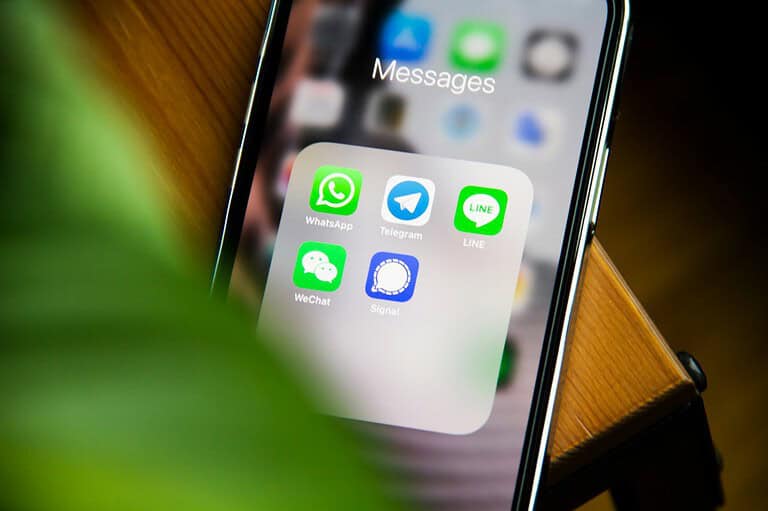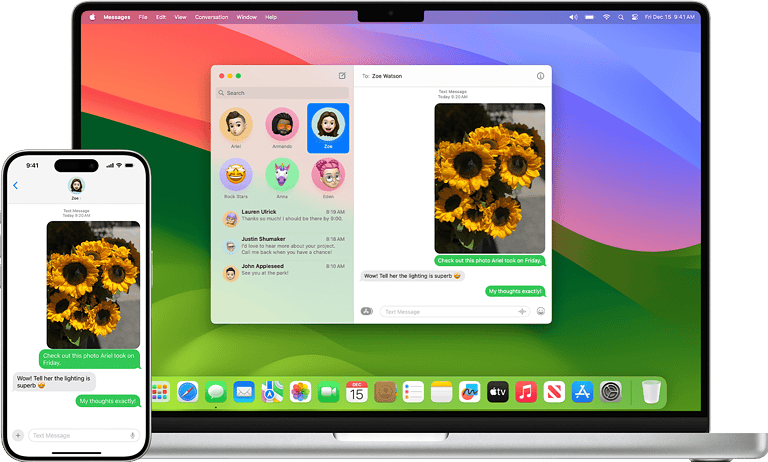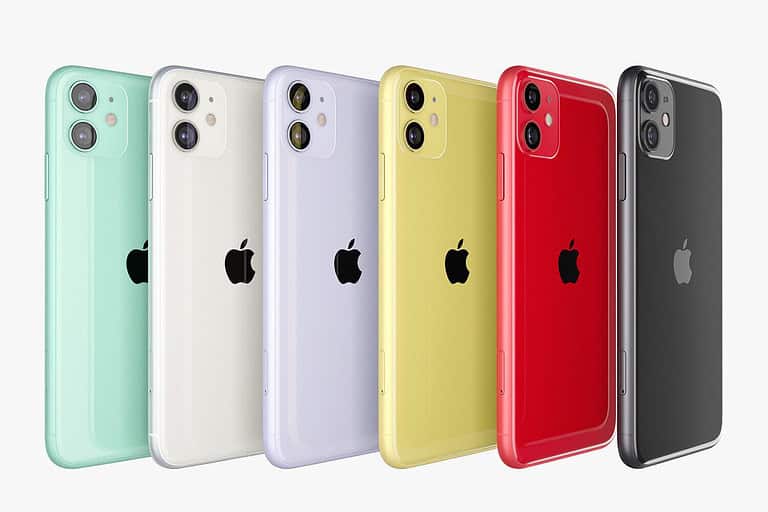
Voice typing on Android devices is convenient and efficient, but users may sometimes encounter a frustrating error message: “No permission to enable voice typing.” This issue often arises from microphone access restrictions or app-specific settings. To resolve the problem, users typically need to grant microphone permissions to their keyboard app or adjust their system settings. Android keyboards such as Gboard, SwiftKey, and Samsung Keyboard support voice typing.
When the feature fails, it can disrupt productivity and communication. To address the “No permission to enable voice typing” error, users should check app permissions, clear cache data, or update their keyboard app. Solving this error usually involves a few straightforward steps, including accessing the device’s Settings menu, reviewing app permissions, and making adjustments within the keyboard app itself. With the right approach, most users can quickly restore voice typing functionality on their Android devices.
Troubleshooting “No Permission to Enable Voice Typing” on Android
Voice typing is a handy feature, but sometimes you might encounter a “No Permission to Enable Voice Typing” message on your Android device. This usually means your keyboard app doesn’t have the necessary permission to access your microphone. Here’s how to fix it:
1. Grant Microphone Permission
- Open Settings: Go to your device’s Settings app.
- Find Apps: Look for Apps, Applications, or App Management, depending on your Android version.
- Select Your Keyboard: Find the keyboard app you’re using (e.g., Gboard, SwiftKey).
- Go to Permissions: Tap on Permissions or App Permissions.
- Enable Microphone: Find the Microphone permission and make sure it’s toggled on or set to Allow only while using the app.
2. Check for Updates
- Update Keyboard App: Make sure your keyboard app is updated to the latest version. Outdated versions might have bugs that prevent voice typing from working correctly.
- Update Android: Ensure your Android operating system is also up to date. System updates often include bug fixes and improvements.
3. Additional Troubleshooting
- Restart Your Device: A simple restart can sometimes resolve temporary glitches.
- Check for Conflicting Apps: See if any other apps might be interfering with your keyboard’s microphone access.
- Clear App Data (Advanced): As a last resort, you can try clearing the data for your keyboard app. Note that this might reset your keyboard settings.
Example for Gboard
- Open Settings: Go to Settings on your Android device.
- Apps & notifications: Tap on Apps & notifications.
- See all apps: Tap on See all apps.
- Gboard: Find and select Gboard from the list.
- Permissions: Tap on Permissions.
- Microphone: Tap on Microphone and select Allow only while using the app.
| Issue | Solution |
|---|---|
| “No Permission to Enable Voice Typing” message | Grant microphone permission to your keyboard app in Settings. |
| Voice typing not working after granting permission | Restart your device, update the keyboard app and Android OS, check for conflicting apps. |
| Still having problems | Clear app data for your keyboard app (advanced), contact your keyboard app’s support. |
Key Takeaways
- Microphone permissions are crucial for voice typing to function on Android devices
- Clearing app cache and updating keyboard apps can often resolve voice typing issues
- System settings and app-specific configurations play key roles in enabling voice input
Understanding Voice Typing on Android Devices
Voice typing technology allows users to input text by speaking instead of typing. This feature can enhance productivity and accessibility on Android devices.
Overview of Voice Typing Technology
Voice typing on Android uses speech recognition algorithms to convert spoken words into text. Google’s Gboard and Samsung Voice Input are popular built-in options. These systems process audio input in real-time, turning speech into editable text.
Voice typing works across various apps, including messaging and email. To use it, users typically tap a microphone icon on their keyboard. The phone then listens and transcribes speech.
Accuracy has improved significantly over time. Modern voice typing can handle different accents and languages. It also recognizes punctuation commands.
Common Issues and Error Messages
Users may encounter “No permission to enable voice typing” errors. This often occurs due to missing microphone permissions. To fix this, check app settings and grant necessary access.
Another issue is voice typing not appearing as an option. This can happen if the feature is disabled in keyboard settings. Users should verify that voice input is turned on in their device’s language settings.
Sometimes, voice typing may fail to recognize speech accurately. Poor audio quality or background noise can cause this. Speaking clearly and in a quiet environment can improve results.
Outdated software can also lead to voice typing problems. Keeping the Android system and keyboard apps up-to-date is crucial for optimal performance.
Troubleshooting Permission Errors for Voice Typing
Voice typing issues often stem from incorrect permission settings. Fixing these problems typically involves checking microphone access, granting app permissions, and addressing specific error messages.
Checking Microphone Permissions
Microphone access is crucial for voice typing to function properly. Users should verify their device’s microphone permissions:
- Open the Settings app
- Tap “Privacy” or “Privacy & Security”
- Select “Microphone”
- Ensure the toggle for the keyboard app is switched on
If the keyboard app isn’t listed, users may need to reinstall it. For some Android devices, microphone permissions are managed differently:
- Go to Settings > Apps
- Find and tap the keyboard app
- Select “Permissions”
- Turn on microphone access
Granting Necessary App Permissions
Keyboard apps require specific permissions to enable voice typing. Users should check and grant these permissions:
- Open Settings > Apps
- Locate and tap the keyboard app
- Select “Permissions”
- Enable all relevant permissions, especially microphone access
Some devices may have additional settings:
- Look for “Special app access” in the app settings
- Enable “Display over other apps” if available
- Allow the app to run in the background
These steps ensure the keyboard app has the necessary access to function correctly.
Resolving ‘No Permission to Enable Voice Typing’ Error
This error often appears when trying to use voice typing. To fix it:
- Open the keyboard app
- Tap and hold the comma key
- Drag to the settings icon when it appears
- Select “Voice typing”
- Toggle “Use voice typing” on
If the error persists:
- Clear the keyboard app’s cache and data
- Restart the device
- Update the keyboard app to the latest version
For persistent issues, users may need to reset app preferences:
- Go to Settings > Apps
- Tap the three-dot menu
- Select “Reset app preferences”
- Confirm the action
This resets all app permissions but doesn’t delete any data.
Optimizing Voice Typing Settings and Preferences
Configuring voice typing settings can enhance accuracy and efficiency. Users can adjust preferences for various keyboard apps to improve their speech-to-text experience.
Configuring Gboard Settings
Gboard offers several options to customize voice typing. Users can access these settings by tapping the gear icon in the Gboard keyboard. To enable voice typing, toggle the “Use voice typing” switch.
For better accuracy, users can select their preferred language and dialect. Gboard supports multiple languages for voice input. Users can add or remove languages in the voice typing settings.
Offline voice typing is available for some languages. This feature allows voice input without an internet connection. To enable it, users need to download language packs.
Gboard also offers voice commands for punctuation and emoji insertion. Users can say “period,” “comma,” or “exclamation point” to add punctuation marks.
Adjusting Samsung Keyboard Settings
Samsung Keyboard provides voice typing options for Galaxy devices. Users can access these settings in the Samsung Keyboard preferences.
To enable voice input, users should tap the microphone icon on the keyboard. If it’s not visible, they can add it to the toolbar in the keyboard settings.
Samsung Keyboard allows users to choose between on-device or cloud-based voice recognition. On-device recognition works offline but may have limited accuracy compared to cloud-based options.
Users can customize voice commands for actions like sending messages or switching to the next field. These shortcuts can speed up text input significantly.
Choosing the Right Keyboard App
Selecting an appropriate keyboard app can greatly improve voice typing performance. Popular options include Gboard, SwiftKey, and Samsung Keyboard.
Gboard excels in multilingual support and integration with Google services. It offers accurate voice recognition across many languages and dialects.
SwiftKey provides a robust prediction engine that learns from users’ typing habits. Its voice typing feature supports numerous languages and adapts to individual speech patterns.
Samsung Keyboard works seamlessly with Galaxy devices. It offers deep integration with Samsung’s ecosystem and provides reliable voice input for Samsung users.
Users should consider factors like language support, prediction accuracy, and device compatibility when choosing a keyboard app for voice typing.
Advanced Solutions for Persistent Voice Typing Issues
Voice typing problems can be stubborn. These methods tackle deeper issues when simpler fixes don’t work.
Clearing Cache and Data for Keyboard Apps
Clearing cache and data for keyboard apps often resolves voice typing permission issues. This process removes temporary files and resets app settings. Here’s how to do it:
- Open Settings
- Go to Apps or Application Manager
- Find your keyboard app (e.g. Gboard)
- Tap Storage
- Select Clear Cache and Clear Data
This action will erase custom dictionaries and settings. Users should back up important data before proceeding. After clearing, restart the device and re-enable voice typing in the keyboard settings.
Resetting App Preferences
Resetting app preferences can fix voice typing issues across multiple apps. This action doesn’t delete app data but resets permissions and default apps. To reset:
- Open Settings
- Tap Apps or Application Manager
- Tap the three-dot menu
- Select “Reset app preferences”
- Confirm the reset
After resetting, manually enable voice typing permissions for the keyboard app. This method is especially useful for Samsung Galaxy devices experiencing persistent voice typing problems.
Updating or Reinstalling Keyboard Apps
Outdated or corrupted keyboard apps can cause voice typing issues. Updating through the Play Store often fixes bugs. If updating doesn’t work, reinstalling the app is the next step. To update:
- Open Play Store
- Search for your keyboard app
- Tap Update if available
To reinstall:
- Uninstall the keyboard app
- Restart your device
- Reinstall from Play Store
After reinstalling, set up the keyboard and enable voice typing. This process often resolves stubborn permission issues and restores full functionality to the voice typing feature.
Frequently Asked Questions
Voice typing issues on Android devices can stem from various causes and affect different phone models. Users often encounter permission-related problems or configuration errors that prevent this feature from working properly.
How can I enable voice typing on my Android device?
To enable voice typing on Android, open your keyboard settings. Tap the gear icon or find the “Languages & input” option in your device settings. Select your keyboard app and look for the voice typing option. Toggle it on if it’s not already enabled.
Make sure your keyboard app has microphone permissions. Go to Settings > Apps > Your Keyboard App > Permissions. Grant microphone access to allow voice input.
Why can’t I use voice typing on my Samsung keyboard?
Samsung keyboard voice typing issues often relate to language settings or permissions. Check if the correct language is installed for voice input. Go to Settings > General Management > Language and input > On-screen keyboard > Samsung Keyboard > Languages and types.
Ensure microphone permissions are granted. Navigate to Settings > Apps > Samsung Keyboard > Permissions. Enable microphone access for the keyboard app.
What steps are involved in turning on voice permissions for apps on Android?
To turn on voice permissions for apps on Android:
- Open Settings and tap on Apps.
- Find and select the app needing voice permissions.
- Tap on Permissions.
- Locate the Microphone option and set it to “Allow” or “Allow only while using the app.”
If the app doesn’t appear in the list, it may not request microphone access.
How to resolve the ‘no permission to enable voice typing’ issue on Motorola smartphones?
For Motorola smartphones, follow these steps:
- Open Settings and go to Apps & notifications.
- Find and tap on your keyboard app (often Gboard).
- Select Permissions, then Microphone.
- Choose “Allow only while using the app.”
If the issue persists, clear the keyboard app’s cache. Go to Settings > Apps > Keyboard App > Storage > Clear Cache.
Why is voice typing not working on my OnePlus device?
OnePlus devices may have voice typing issues due to system settings or app conflicts. Check if OxygenOS is up to date. Go to Settings > System > System updates.
Verify that Google app permissions are correct. Navigate to Settings > Apps > Google > Permissions. Enable microphone access.
Try clearing the Google app cache. Go to Settings > Apps > Google > Storage > Clear Cache.
What can cause the voice typing feature to stop functioning on a Xiaomi phone?
Xiaomi phones running MIUI might face voice typing problems due to:
- MIUI optimization interfering with app permissions.
- Outdated system software or keyboard app.
- Restricted background app activity.
To fix, disable MIUI optimization in developer options. Update your phone’s software and keyboard app. Check app permissions and battery saver settings to ensure the keyboard can run in the background.





